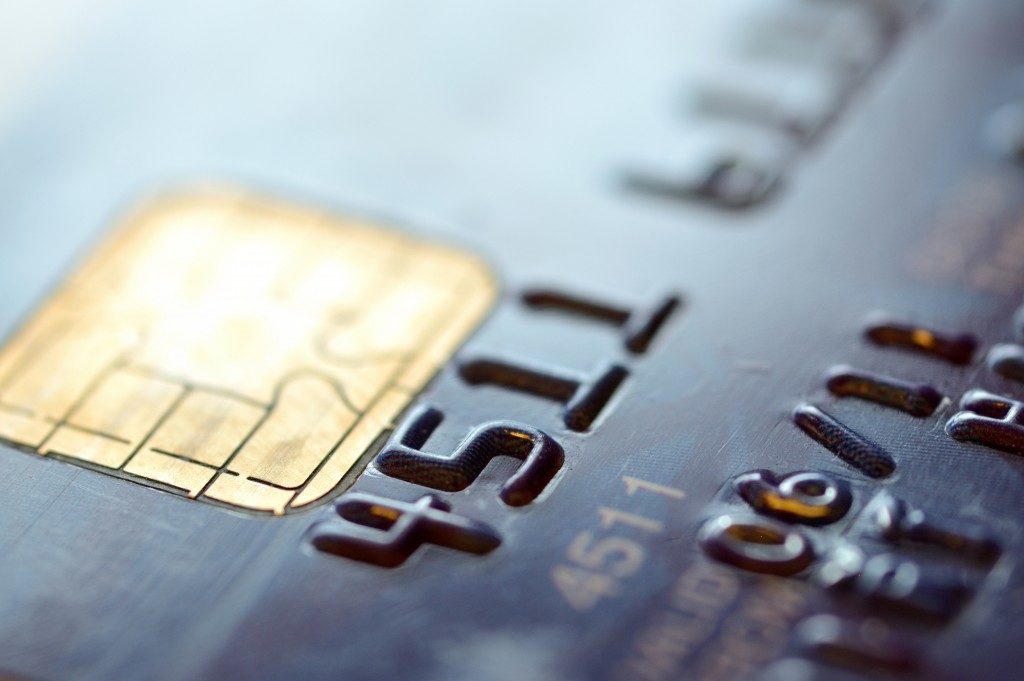While most of us aspire to become financially stable, earn more money through passive revenue streams, or get into the world of investment, the reality is that in Utah and elsewhere across the United States, many people are having difficulty getting out of debt. Curbing excess credit card spending is vital – otherwise, you may end up filing for chapter 7 bankruptcy, facing foreclosure on your home and giving up on bigger financial goals. These steps will help you to keep expenses in check.
Analyze and identify patterns
People who have successfully balanced their accounts and achieved financial independence know that you don’t get to that point without a solid grasp of your budget. By extension, this also means that those who continue to struggle with debt often don’t have a detailed understanding of their monthly incomes and expenses. You can’t live within your means without that knowledge; thus, analyzing and identifying your financial habits is the perfect place to start.
In terms of excessive spending, be thorough in tracking your expenditure. Define the essential and recurring costs; separate those from impulse purchases or indulgences. Break down those expenses even further; food is a necessity, but soft drinks and candy bars aren’t. Limiting your household energy consumption is great, but won’t compensate for a shopping spree around the holiday season – even if it’s Black Friday or Cyber Monday.

Control the environment
Often, when individuals can’t seem to get a handle on their spending habits, it comes down to not being in the right environment to succeed. The good news is that you can craft and control most of the conditions which will position you to take positive steps in this regard. Lifestyle choices, for instance, may stem from several different influences; peer pressure can be taken out of the equation if you disengage from people whose spending habits are out of line with your financial capabilities. Don’t hesitate to block ads or unfollow brands on social media, especially if your research into personal spending habits shows that your impulse shopping might be triggered by their latest campaigns or product posts. Learn how to break bad habits by identifying the cues, and cutting them out of your daily living or replacing the negative responses with a positive substitute.
Create SMART goals
If you know anybody who has attempted to go from an unhealthy, sedentary lifestyle to crash dieting or circuit training, there’s a high chance that they didn’t succeed. Positive transformation takes sustained commitment, and coming in with an expectation of dramatic or sudden improvement will often lead to disappointment; you need to enter with the right mindset. Use a strategy of setting SMART goals to identify targets that are achievable in the short term and balance them against long-term objectives. A concrete daily goal like spending only $10 a day on your office meals and drinks will make it easy for you to track and hold yourself accountable. Immediately breaking down your next paycheck and funneling it into priority expenses and debt payment will leave you with less wiggle room – both mentally and in your wallet – to be tempted to indulge in unnecessary purchases.
The convenience of credit cards can be great for those who are in control of their financial habits, but makes it tough to curb excessive spending. Use these tips to reform and put yourself in an improved position for balancing your finances and achieving long-term goals.

